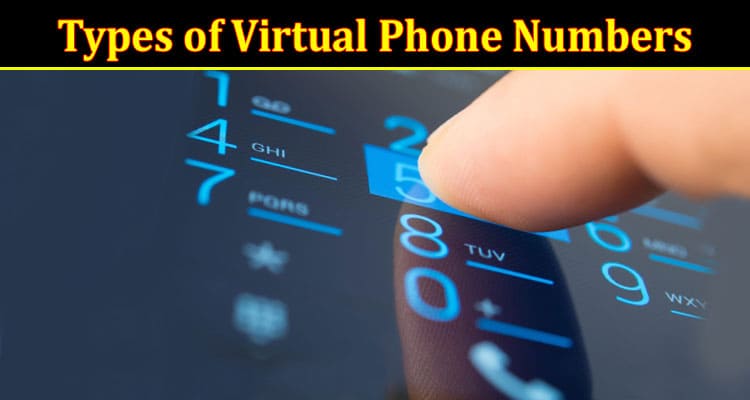The concept of a temporary phone number or virtual phone number is relatively new, so not all Internet users know what is behind this term. In this article we will understand in more detail what a virtual number is, how it is created, what are the differences between it and a regular phone number, as well as where and how you can use this technology.
Types of Virtual Phone Numbers
To begin with, there are two main types of virtual numbers:
- Virtual numbers without a physical SIM card: These numbers are truly “virtual” and have no physical carrier in the form of a SIM card. They are created and function solely in digital form. Having said that, such a phone number is fully operational and provides the same features as a regular number. However, such numbers are available for creation only through telecom operators. All information about calls and SMS messages is first recorded on the operator’s server and then transferred to the user of the virtual number. It is important to note that such numbers have limited use and are not actively distributed, as they require significant operator resources and special equipment.
- Temporary or pseudo virtual numbers: These mobile numbers are actually associated with a physical SIM card, but to the end user they look and function like virtual numbers. The user interacts with them through websites and apps rather than through a physical smartphone. Technically, such numbers are no different from regular numbers and perform all the same functions, such as receiving SMS and calls, as well as forwarding. The essence is that thanks to special software on the provider’s side, providers who have SIM cards and special equipment, in the form of SIM banks or modems, can connect.
Prices
When it comes to prices, there are cardinal differences. A real virtual number is usually more expensive, while pseudovirtual numbers can be easily rented on a multitude of services, which is especially convenient if you don’t need your own number registered in your name.
Advantages and Disadvantages
Having compared the advantages and disadvantages, it is worth noting that the first type of numbers provided by operators provides higher stability, but is associated with high costs and difficulty in obtaining. The second type is more affordable and easy to use, but is at risk of blocking, which can cause some inconvenience.
Why is a Virtual Phone Number Better than a Physical SIM Card?
Virtual numbers have a number of advantages over physical SIM cards, which makes them more attractive to many users. Here are a few arguments in their favor:
- Flexibility and mobility. You are not tied to a physical SIM card (the SIM is on the provider’s side), so you can use them on any device with internet access. This ensures high mobility and convenience when changing devices.
- Ease of use. They are easy to set up and retrieve via apps or web interfaces. Users can select numbers from different countries and easily change settings, block unwanted calls and set call forwarding.
- Privacy protection. They can be used for anonymous registrations on websites and applications, allowing you to protect your personal information from unwanted requests and spam.
- Saving time and money. There is no need to buy a physical SIM card, visit operator stores and wait for activation. They are activated quickly and can be used instantly.
- Eco-friendliness. The use of virtual numbers helps to reduce the consumption of plastic and electronics, which has a positive impact on the environment.
So, the choice between these two types of virtual numbers depends on your needs and objectives.

